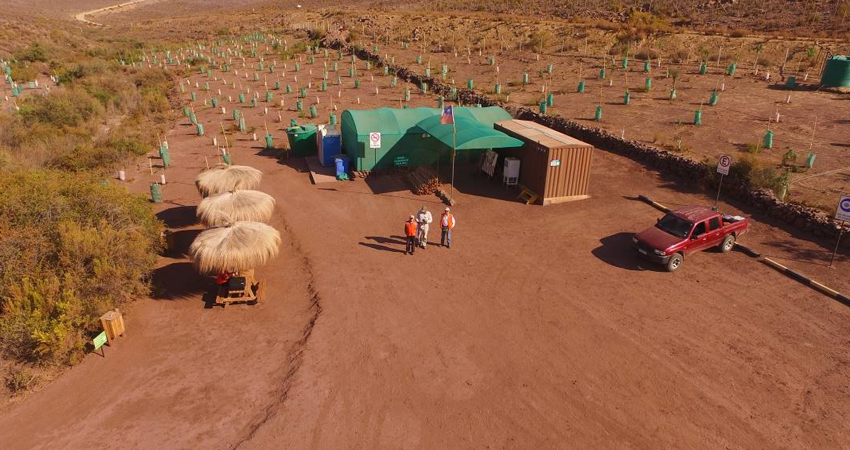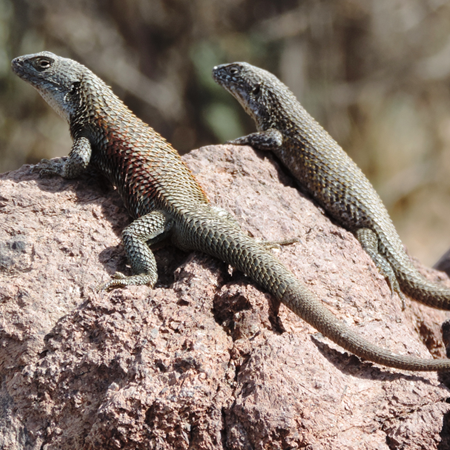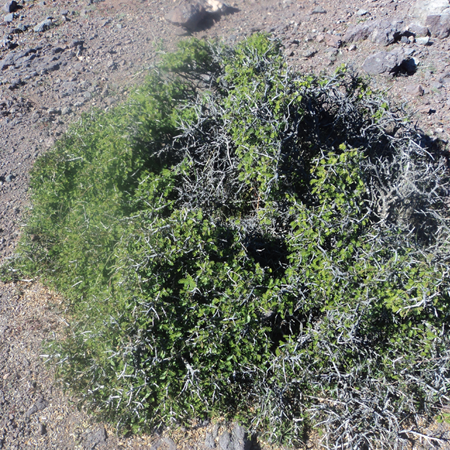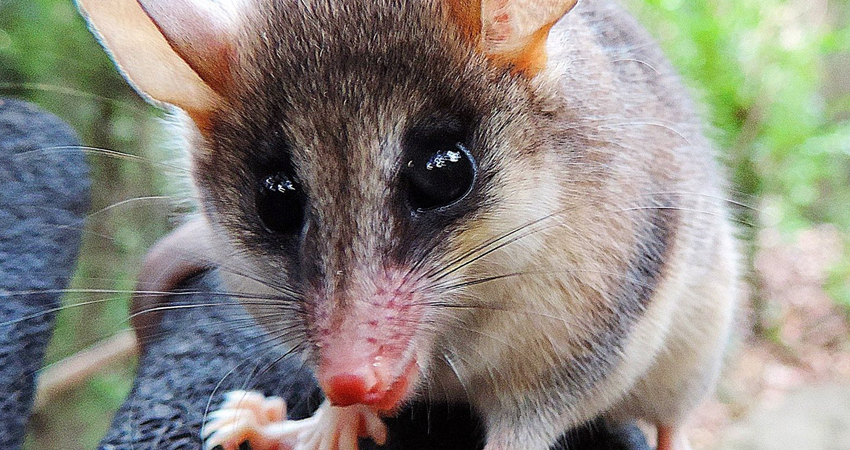Protecting vulnerable flora and fauna in Chile.
The biodiversity in the central-north part of Chile resembles that of an island—a vast number of its unique flora and fauna species do not migrate. As a result, a large portion of these species are endemic, meaning they are found nowhere else on earth. Unfortunately many of these species have not fared well over the past few decades. Along with birds and mammals, native plants have suffered from challenges such as habitat loss and the spread of invasive species.
In 2014, Carmen de Andacollo (CDA) Operations launched the Runco Project, which aims to protect the most vulnerable flora and fauna in the Andacollo region. The area, spanning 20 hectares of semi-desert landscape, contains hills with low vegetation and rocky outcrops, which is the ideal habitat for unique cacti, reptiles, birds and small mammals.
The Runco Project includes over 4,000 endemic species as well as a nursery for endemic seeds. The area is recognized by the Chilean Ministry of Environment, which has agreed to support the preservation of the species contained within Runco.

The Runco Project is located in the El Runco sector of Andacollo |
At the start of the project, Teck planted 200 native trees and shrubs, which became an ideal shelter for a wide range of local birds and mammals. One example of the native trees planted is the guayacan, found between the Limarí and Colchagua provinces in Chile on the slopes of hills, ravines and valleys exposed to the sun. The species grew for many years in the area of Andacollo; however, the guayacan was near extinction due to the overuse of wood from the tree for craft purposes. Today, the Runco Project is home to more than 900 guayacan trees.
The conservation area that Runco encompasses provides shelter to a wide range of local animals such as the yaca, the degu and the chiricoca. The yaca is a small Chilean marsupial with nocturnal and climbing habits. Weighing less than a pound, is now a rare find beyond the project area.
“The Runco Project is part of our vision of having a net positive impact on biodiversity,” said Manuel Novoa, General Manager, CDA. “Here we have thousands of unique species that will be left in an improved state, thanks to this project.”
The Runco Project is accessible to the public and community of Andacollo, so that everyone can share in the benefits of this blossoming natural environment.


The shining tree iguana, Liolaemus nitidus, is a species of lizard that is endemic to Chile. |
The guayacan tree is a bush that can grow eight feet tall and produce fruit in a violet- coloured capsule. |
Recognizing Our Work in Sustainability
Biodiversity is a key focus for our comprehensive sustainability strategy, which sets out short-term goals to 2020 and long-term goals to 2030 in six sustainability areas: Community, Our People, Water, Biodiversity, Energy and Climate Change, and Air.
This strategy is part of what led to Teck being named to the Dow Jones Sustainability World Index (DJSI) for the eighth straight year in 2017, indicating that Teck’s sustainability practices are in the top 10% of the 2,500 largest companies in the S&P Global Broad Market Index (BMI).
Based on an in-depth analysis of economic, social and environmental performance, Teck received the highest possible score in areas including biodiversity and social reporting, and scored the highest in the industry in talent attraction and retention, and in mineral waste management.
For more on Teck’s sustainability strategy, including case studies like this one, visit teck.com/sustainability.


